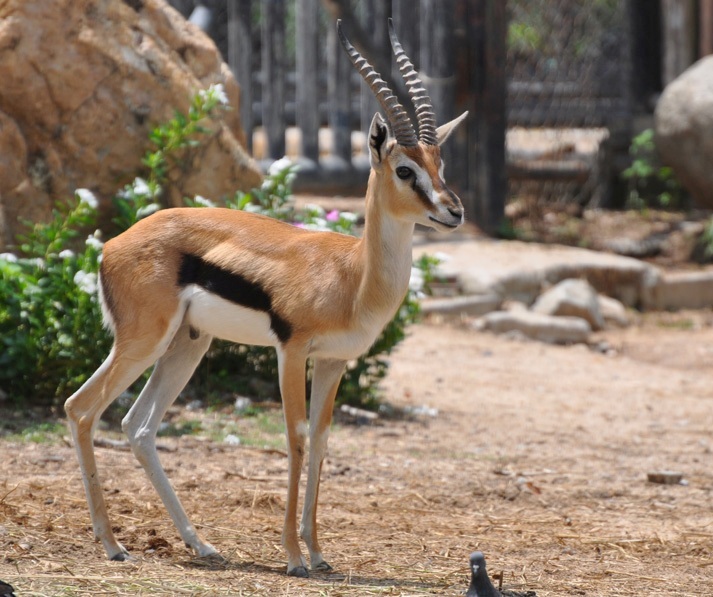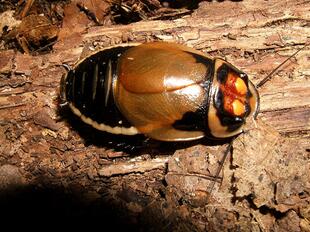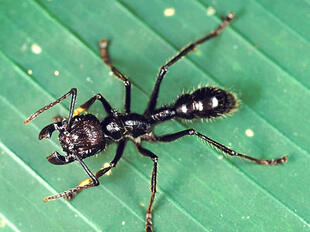
Thomson`s gazelle(Eudorcas thomsonii)
Phylum —chordata
Class — mammalia
Order — artiodactyla
Family — bovidae
Genus – eudorcas
Appearance
Thomson's gazelle is a relatively small gazelle; it stands 55–82 cm (22–32 in) at the shoulder. Males weigh 20–35 kg (44–77 lb), while the slightly lighter females weigh 15–25 kg (33–55 lb). The head-and-body length is typically between 80 and 120 cm (31 and 47 in).
Facial characteristics of the gazelle include white rings around the eyes, black stripes running from a corner of the eye to the nose, rufous stripes running from the horns to the nose, a dark patch on the nose, and a light forehead.
The coat is sandy brown to rufous; a distinctive black band runs across the flanks, from the upper foreleg to just above the upper hind leg. A buff band can be seen just above the black stripe. Short, black streaks mark the white rump. The black tail measures 15–27 cm (5.9–10.6 in). Males have well-developed preorbital glands near the eyes, which are used for scent-marking territories.
Both sexes possess horns that curve slightly backward with the tips facing forward. The horns, highly ringed, measure 25–43 cm (9.8–16.9 in) on males and 7–15 cm (2.8–5.9 in) on females. However, females have highly fragile horns; some are even hornless.
Habitat
Thomson's gazelle lives in Africa's savannas and grassland habitats, particularly the Serengeti region of Kenya and Tanzania.
Behavior
Thomson's gazelles are sociable creatures, forming loosely organized units, typically bachelor herds, harems or groups, composed of females and their offspring. Meanwhile, old males of this species occasionally prefer leading solitary life, while breeding males usually display highly territorial behavior. Group members always come together to socialize in the early morning and evening. During these meetings, juveniles engage in plays such as stotting, pronking (this is when an animal moves by jumping on stiff legs) as well as chasing each other by running along the territorial boundaries of their herd. These ungulates are migratory animals, travelling in large groups of thousands of individuals. As compared to other gazelle species, Thomson's gazelles are more silent. They communicate simply through visual awareness, contracting the skin of their body and making the black stripe on their side more conspicuous. Stamping is another important form of communication among these animals: when feeling danger, an individual stamps its front legs, which acts as an alarm signal, warning community members of a potential threat.
Diet
Thomson’s gazelles are herbivores. These grazing ungulates generally consume short grasses, supplementing this diet with twigs, seeds and tree leaves, particularly during
the dry season.
Reproduction
Thomson’s gazelles are polygynous. With the onset of the reproductive season, males begin fiercely defending their home ranges, waiting for females to come into their home ranges. These animals undergo two mating seasons per year.
Females may give birth year-round, but generally do so immediately the rainy seasons. Gestation period lasts for 180 days, yielding one baby, which is born and raised in a special secluded place. The newborn fawn spends nearly all of its time here, except for short periods, when the mother cleans and suckles the baby. After a while, the young gazelle starts coming out of its shelter and grazing with its mother. It gradually engages into the community life, becoming a full member of the herd within 3 - 6 months old. At 5 - 8 months old, the fawn is weaned and switches its diet to solid food. Thomson’s gazelles reach adolescence at 2 years old, by which point young males exhibit their adult, arched horns.
In the wild, Thomson's gazelles can live 10–15 years.
In captivity
Young inexperienced gazelle is easily tamed and can live for a long time in captivity.
It is kept in spacious aviaries or pens with an abundance of fresh grass and drinking water.
 Russian
Russian
 English
English
























